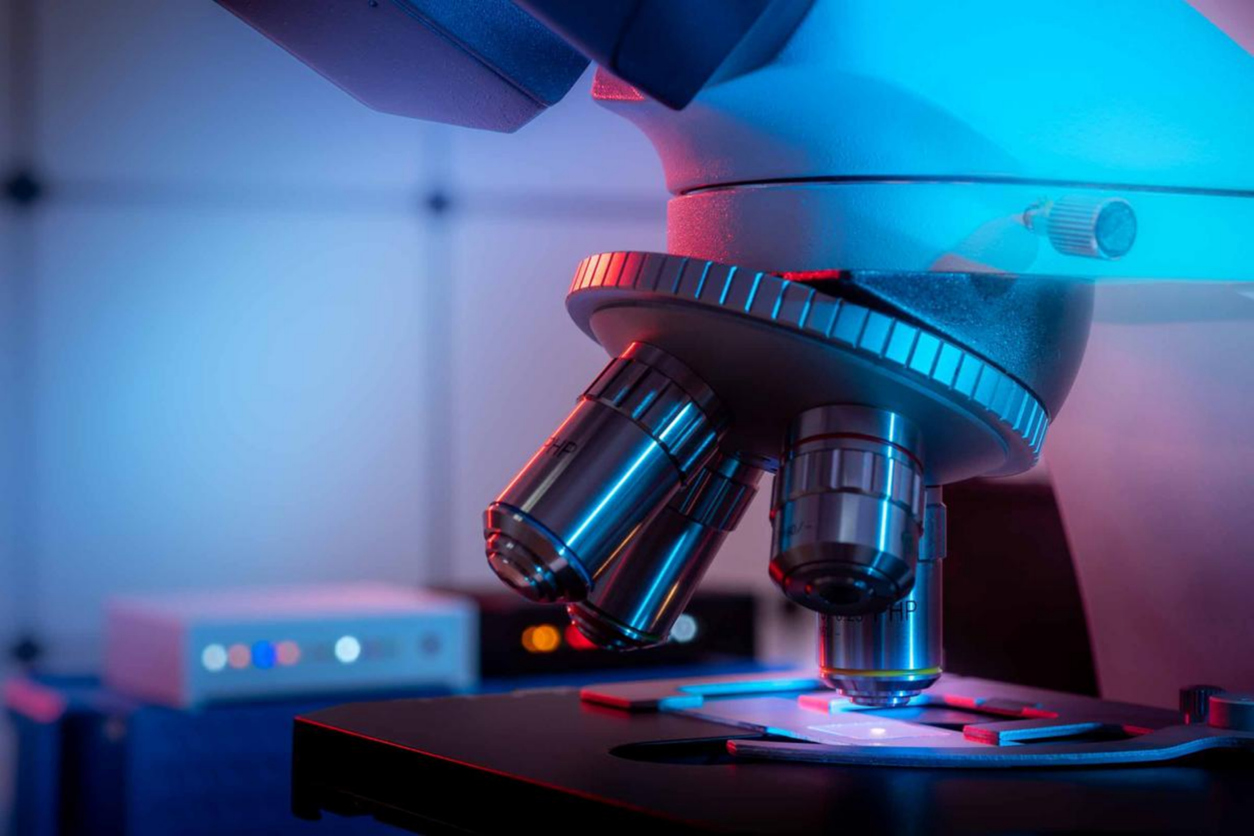Blog
Category: Technical
Importance of Cell Markers in Cell Separation
Updated on Aug 21, 2023 Share
Cell separation is an integral step in various research areas including, but not limited to, immunology, cell therapy, and single cell sequencing. The isolation of a specific cell population allows the behaviors of the individual cell type to be studied without interference from other cells. The cellular isolation strategy varies depending on the cell subset of interest. Deciding on an isolation strategy is also dependent on the sample matrix. Cell …
Human B Cell Isolation: Protocol and Purpose
Updated on Jul 16, 2024 Share
B cells and T cells share a common goal: to protect the human body from harmful pathogens. While some cell subsets are more commonly known than others, each cell type is essential to maintaining health. For example, B cells are commonly known, but what some may not realize is their function is to make antibodies, regulatory proteins, and cytokines to aid lesser known effector T cells. To fully understand the …
Self-Antigens vs. Non-Self Antigens: Examples & Cluster of Differentiation Markers
Updated on Nov 29, 2023 Share
Antigens are molecules present on the surface of cells that bind to receptors on antibodies or on the surface of lymphocytes. Antigens are classified based on where they originate, and the immune system discriminates between native and foreign antigens in order to fight against pathogens. Immunology research utilizes the binding properties of antigens with antibodies in order to detect, track, and isolate specific cell populations within blood samples. Self vs …
Achieve Gentle Mouse Naïve Cell Isolation Using Akadeum’s Microbubble Naïve Mouse Kits
Updated on Aug 21, 2023 Share
In working with biological samples for life science research, sample preparation is a critical first step to isolate the specific cells of interest from a complex mixture. This is especially true when looking to isolate rare cells of low abundance, and it is critically important when working with delicate cell types that the sample preparation method used for cell isolation is exceptionally gentle so that it does not interfere with …
How Does RBC Depletion Work?
Updated on Aug 21, 2023 Share
Sample preparation is often a critical first step in any number of life science workflows. Due to the inherent complexity within samples and diversity between applications, sample preparation needs can vary widely. One common first step is a “cleanup” step to deplete residual red blood cells (RBCs) from the sample before proceeding with downstream analysis. Once the RBCs have been depleted, the resulting blood product can be used across many …
High Throughput Human T Cell Enrichment for Immunological Research
Updated on Jul 16, 2024 Share
High Throughput Human T Cell Enrichment The field of immunological research is continuously expanding. More and more things are being discovered on a cellular and molecular level. Cell separation and enrichment has become an integral part of studying our immune cell behaviors. One of the most significant challenges in the research community has been finding a high throughput T cell enrichment method that can be used to isolate high volumes …
The Secrets of Regulatory T Cells: Balancing Immunity and Health
Updated on Mar 7, 2024 Share
T cells are known as the guardians of our immune system, initiating and maintaining our defense against infections and diseases. While there are many types of T cells, regulatory T cells, or Tregs, have the unique ability to keep balance in the immune system. Tregs help ensure that our bodies react effectively against pathogens while preventing excessive or misdirected immune responses that can lead to autoimmune diseases. Tregs serve as …
FACS vs. Flow Cytometry
Updated on Nov 29, 2023 By Dominique Badea, PhD Share
Over the past few decades, technologies like flow cytometry and fluorescence-activated cell sorting (FACS) have revolutionized our understanding and manipulation of cell populations. Since their inception, there have been significant advancements and applications, from clinical diagnosis to biomedical research, propelling a new era of cellular analysis and handling. The terms flow cytometry and FACS are often used interchangeably. However, this is not accurate. Namely, FACS is a subtype of flow …
CTC Separation: Circulating Tumor Cells Isolation Methods and CTC Isolation from Whole Blood
Updated on Jul 24, 2024 Share
CTC Separation When a cancerous tumor is present in the human body, some of the tumor cells can be shed into blood or lymph vessels, where they travel through the bloodstream alone or in clusters. These cells are called circulating tumor cells (CTCs). Scientists can collect these cells for research purposes through a process called CTC separation. CTC separation is the process of CTC isolation from whole blood samples. Residual …
The Simplest and Quickest Method for T Cell Isolation From Mouse Spleen
Updated on Nov 29, 2023 Share
Spleen Cell Isolation Just as a gold mine has different areas with higher concentrations of gold, different parts of the body have different levels of T cells. In a mouse, the spleen cell culture is composed of around 100 million splenocytes. Splenocytes are mononuclear white blood cells (WBCs) derived from or situated in the spleen. T cells typically comprise roughly 25% of the total splenocyte population. While murine (relating to …




